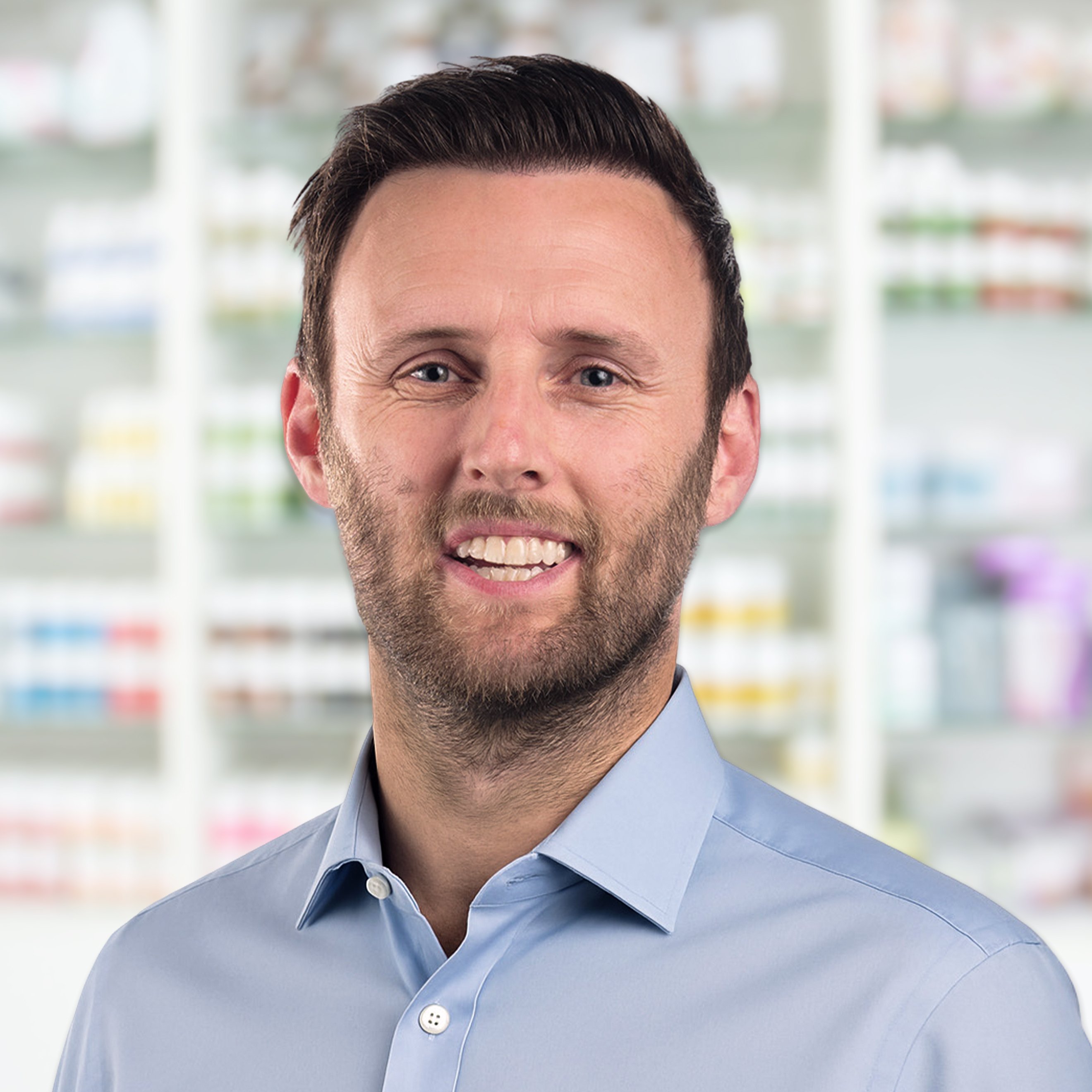Diabetes - Symptoms, Prevention & Treatment

Diabetes is a medical condition that causes a person’s blood sugar level to become too high.
There are 2 main types of diabetes:
Type 1 diabetes
Type 1 diabetes is a lifelong condition. It happens when the body’s immune system attacks and destroys the cells that produce insulin. Genes and environmental factors can trigger the disease.
Type 2 diabetes
Type 2 diabetes is where the body doesn't produce enough insulin or the cells do not react to insulin properly. Type 2 is more common in the UK than type 1.
In all types of diabetes, glucose can’t get to your cells properly so it begins to build up in your blood.
It is estimated that more than 5 million people in the UK are living with diabetes, which is an all-time high. For anyone living with the condition, diabetes treatment is available.
Symptoms
Although symptoms of type 1 and type 2 diabetes are similar, diabetes symptoms present themselves differently.
Both types of diabetes can cause the following symptoms:
- Urinating more frequently than usual
- Feeling very thirsty
- Feeling extremely tired
- Losing weight without trying to
- Repeatedly getting thrush
- Blurred vision
- Cuts and wounds taking longer to heal than usual
Type 1 diabetics might also find they have fruity-smelling breath. Type 1 diabetes symptoms can come on quickly, particularly in children.
Causes
Type 1 diabetes
Type 1 diabetes is thought to be caused by an autoimmune reaction, where the body attacks itself by mistake.
Some people have certain genes that make them more likely to develop type 1 diabetes. Even with the genes, many people won’t go on to develop diabetes.
Type 2 diabetes
The main causes of type 2 diabetes are:
- Being obese or overweight
- You have an unhealthy waist measurement for your gender or ethnicity
- Having prediabetes
Poor lifestyle choices can lead to diabetes, putting you at a higher risk of developing type 2 diabetes.
What both types of diabetes have in common is that people who suffer with the condition have too much glucose in their blood. Everyone needs glucose and we get this when our bodies break down the carbohydrates that we eat or drink.
In diabetics, the system that senses when glucose has entered the bloodstream to release insulin doesn’t work.
Diagnosis
Type 1 diabetes
If you have symptoms of diabetes, it is important to see your doctor. They will do a urine test and check your blood glucose level.
If your doctor thinks you have diabetes, they will advise you to go to the hospital straight away for an assessment.
You will stay in the hospital until you get the results back from your blood test. You will usually get the results back the same day.
If you are diagnosed with type 1 diabetes, a diabetes nurse will show you the things you need to do to start managing it.
Type 2 diabetes
Type 2 diabetes is usually diagnosed with blood or urine tests that have been looking for something else.
If you have any symptoms of diabetes, you should see your GP straight away.
Your GP will check your blood sugar levels and you will receive your results within 1-2 days.
If you have diabetes your GP will explain the test results and what will happen next.
Treatment
Once you are diagnosed with diabetes, with the right treatment and care, diabetics can live a healthy and normal life.
Learning how to manage your diabetes and keep it under control is important. Getting used to your life can be difficult, but your doctor will help treat and manage your condition.
Insulin
The main diabetes treatment for type 1 diabetes is insulin. As your body doesn’t make insulin as it normally would, you will need daily insulin injections or use an insulin pump, which is a small device that you attach to your body that releases insulin.
Your body will respond better to insulin if you are healthy and active. It can also help to prevent insulin resistance.
Carb counting
Learning how to carb count helps you to manage your blood sugar levels. Carb counting allows you to match how much insulin you need for the carbohydrates you eat and drink. Using apps, an insulin pump or a closed loop system will do most of the calculations for you.
Mention the treatment for both, and how you can put type 2 into remission with lifestyle changes.
Using a continuous glucose monitor (CGM) or flash glucose monitor
If you have type 1 diabetes, you must regularly check your blood sugar levels with a finger prick test. Being able to monitor your levels without a finger prick test has been made possible by using a CGM or flash glucose monitor. This means you can spot and treat high and low blood sugar levels more quickly.
You wear a small sensor on your body that reads your sugar levels, enabling you to see them on your chosen device, such as the Freestyle Libre Sensor. You can also set an alarm to sound if your sugar levels go too high or too low.
Other medication
Some people with diabetes might be prescribed a medication called metformin. It is more commonly used for people with type 2 diabetes, however, sometimes it is prescribed for people with type 1 diabetes who have insulin resistance.
People who suffer from type 2 diabetes can put their diabetes into remission by losing weight. Remission is when someone's blood glucose levels are maintained at a normal range.
It is important to know that not everyone who loses weight can put their diabetes into remission. However, losing weight has lots of health benefits, even if it doesn’t lead to remission.
Prevention
Type 2 diabetes can be prevented with a change in your lifestyle. There are lots of things you can do to prevent yourself from developing the disease.
Making too many changes at the same time can make them more difficult to stick to. Start off with making small changes to your routine and build on those changes.
Lose extra weight
Losing weight reduces the risk of diabetes; set a weight loss goal and aim to lose around 1-2lbs a week. People with prediabetes should lose 7% to 10% of their body weight to prevent the disease progressing.
Be more physically active
By exercising more regularly, it will help you to lose weight, lower your blood sugar and boost your sensitivity to insulin.
Eat healthy foods
A healthy balanced diet is a great way to manage your weight. Include plenty of fibre in your diet as it is beneficial for gut health and weight management.
A healthy diet also has the ability to help you manage your blood sugar level.





